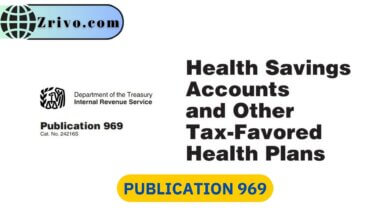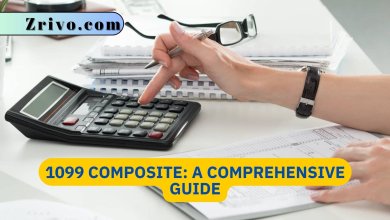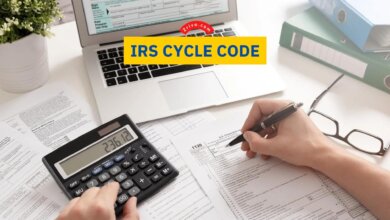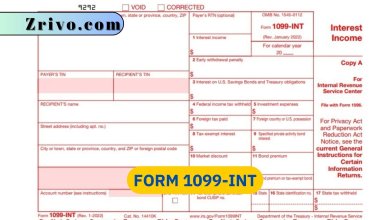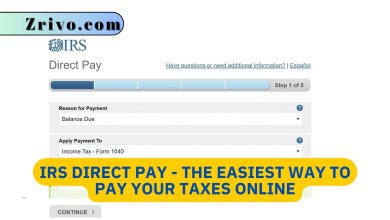Tax Filing Guide
By following the guidelines outlined in this comprehensive guide, you'll be better equipped to navigate the tax filing process with confidence and maximize your tax benefits

In the world of taxation, individuals and businesses who are required to file tax returns are commonly referred to as tax filers. As tax laws and regulations evolve, staying informed and understanding the process becomes increasingly important. Whether you’re a salaried employee, a freelancer, a small business owner, or a retiree, having a solid grasp of the tax filing process is crucial to ensure compliance, maximize tax benefits, and avoid potential penalties. Besides, whether you choose to tackle tax filing independently or seek the assistance of a tax professional, our Tax Filing Guide will give you practical tips to navigate the world of taxation successfully.

Salaried Employees
For many individuals, being a salaried employee simplifies the tax filing process compared to other categories of filers. However, it’s essential to pay attention to detail and ensure accurate reporting. Here’s a step-by-step breakdown of the tax filing process for salaried employees:
- Begin by collecting essential documents, including Form W-2 (provided by your employer) and any additional income-related documents such as 1099-INT (for interest income) or 1099-DIV (for dividend income). You should also gather receipts or records related to deductible expenses.
- Your filing status (single, married filing jointly, married filing separately, head of household, or qualifying widow(er)) determines the tax rates and deductions available to you. Choose the filing status that best suits your situation.
- Subtract eligible deductions, such as student loan interest or contributions to retirement accounts, from your total income. This yields your taxable income, which determines the tax bracket you fall into.
- Explore available tax credits and deductions, such as the Child Tax Credit, Earned Income Tax Credit, or education-related deductions. These can significantly reduce your tax liability.
- Use tax preparation software or fill out the appropriate tax forms manually. The most common form for salaried employees is the Form 1040 or 1040A. Ensure accurate and complete information is provided.
- Before submitting your tax return, carefully review all the details to avoid errors or omissions. Double-check for accuracy and ensure you have signed and dated the return.
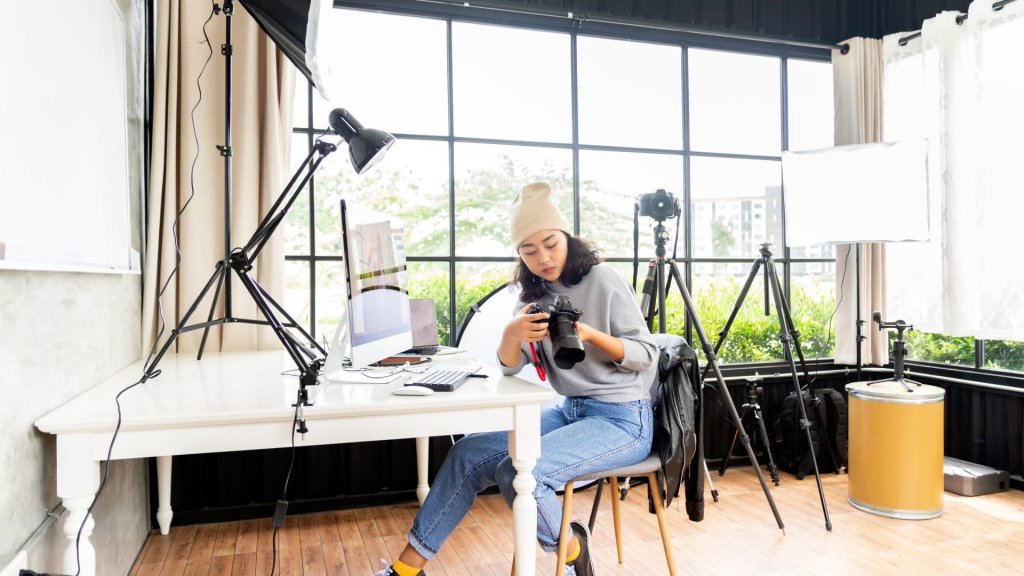
Freelancers and Self-Employed Individuals
Tax filing can be more complex due to additional considerations for freelancers or self-employed individuals. Here’s a step-by-step breakdown of the tax filing process for freelancers and self-employed individuals:
- As a freelancer or self-employed individual, meticulous record-keeping is vital. Maintain records of income, business expenses, and any relevant receipts or invoices throughout the year.
- Understand the type of business entity you operate under (sole proprietorship, partnership, LLC, or corporation). Each structure has different tax obligations and reporting requirements.
- Subtract your business expenses from your business income to determine your net profit or loss. This figure is essential for determining your taxable income.
- As a freelancer or self-employed individual, you may be required to make quarterly estimated tax payments to cover your tax liability. Estimate your income and taxes owed to avoid penalties.
- Use Schedule C or Schedule C-EZ (Form 1040) to report your business income and deductions. Ensure accuracy and detail all eligible expenses, such as office supplies, travel costs, or home office expenses.
- Freelancers and self-employed individuals are responsible for paying both the employer and employee portions of Social Security and Medicare taxes. Calculate and report these taxes using Schedule SE (Form 1040).

Small Business Owners
Small business owners face additional considerations when filing their taxes. The process involves reporting business income, deductions, and various forms related to employees. Here’s a step-by-step breakdown of the tax filing process for small business owners:
- Establish separate bank accounts and financial records for your business. This segregation helps maintain accurate records and simplifies tax preparation.
- Identify your business structure (sole proprietorship, partnership, corporation, or LLC) and understand the associated tax obligations and reporting requirements.
- Keep detailed records of business income, expenses, payroll, and other financial transactions throughout the year. Accurate records are crucial for preparing your tax return and addressing any potential audits.
- Use the appropriate forms, such as Schedule C or Form 1120, to report your business income and expenses. Deductible expenses may include rent, utilities, employee wages, insurance premiums, or advertising costs.
- You must handle payroll taxes accurately if you have employees. This involves withholding the appropriate amount from employee wages and submitting periodic payroll tax reports to the IRS.
- Explore tax credits and deductions specifically available to small businesses, such as the Research and Development (R&D) Credit or the Small Business Health Care Tax Credit. These can help reduce your tax liability.

Retirees
Retirees have unique tax considerations, as their income sources and deductions may differ from other filers. Here’s a step-by-step breakdown of the tax filing process for retirees:
- Determine all sources of retirement income, including pensions, Social Security benefits, annuities, and distributions from retirement accounts (such as IRAs or 401(k)s).
- Depending on your total income and filing status, a portion of your Social Security benefits may be taxable. Review the IRS guidelines to determine your taxable amount accurately.
- If you’re aged 72 or older, you may be subject to RMDs from retirement accounts. Ensure you withdraw the correct amount and report it on your tax return to avoid penalties.
- Retirees may be eligible for specific deductions, such as medical and dental expenses, charitable contributions, or property taxes. Review eligible deductions and ensure accurate reporting.
- Certain tax credits, such as the Elderly or Disabled Credit, may be available to retirees based on their income and age. Determine if you qualify and claim these credits if applicable.
- Use the appropriate tax forms (e.g., Form 1040 or Form 1040-SR for seniors) to report your retirement income, deductions, and credits accurately. Review the return before submitting.
